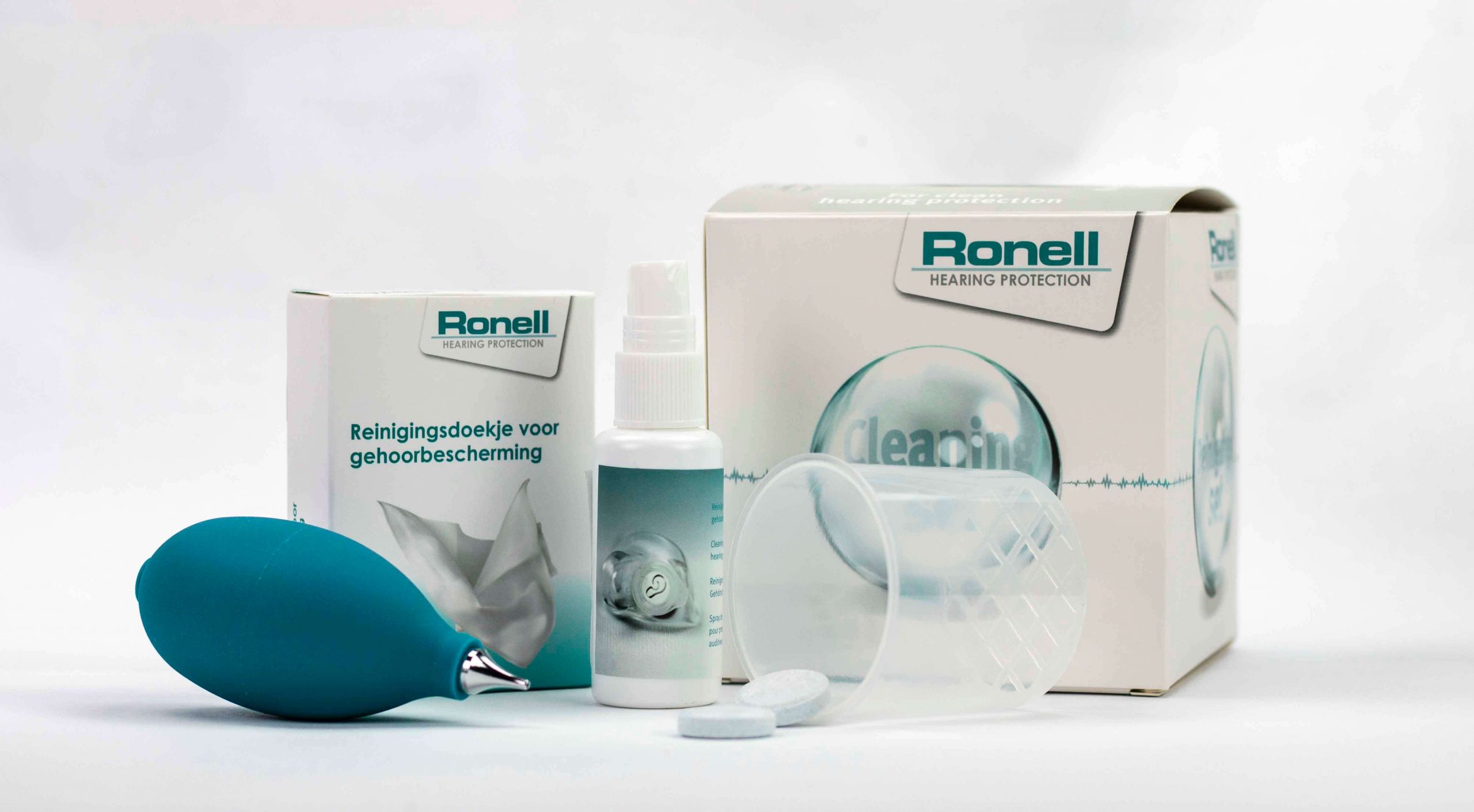It is vital to Check your hearing protection annually. Sometimes your ear canal can get bigger, so the otoplasty no longer seals completely. This can cause sound to leak through, meaning you are unprotected if the otoplasty is not checked on time. That is why we offer free inspections to.
On this page, we elaborate on the importance of otoplastics for long-lasting, but most importantly, safe use.
Over time, on average between 5 and 7 years, the fit of hearing protection can often no longer fit adequately, even if the material is still in good condition. This is because the human body is subject to changes, including the size and shape of the ear canal.
The importance of proper fit of hearing protection cannot be overemphasised. If hearing protection does not fit properly, there is a risk of sound leaking through and the hearing is exposed to harmful noise levels. This can lead to hearing damage, tinnitus (ringing in the ears) and other auditory problems.
It is essential to use hearing protection to be checked regularly, preferably through leak tests. These tests measure the attenuation of the hearing protection and determine whether it still blocks out enough noise. If the attenuation is below the recommended limit, it is urgent to replace the hearing protection.

Failure to have hearing protection checked regularly brings various risks with it. First, you run the risk that the hearing protection will no longer be effective in blocking harmful noise, leaving your hearing unprotected. Secondly, even if the hearing protection still provides some attenuation, a poor fit can mean that sound leaks through, significantly reducing the level of protection.
Therefore, it is advisable to have hearing protection checked regularly. Leak tests can determine whether the hearing protection still provides the right protection. It is better to preventive act and buy new otoplastics in time to ensure the safety of your hearing.
To ensure your otoplastics last for years and keep your ears optimally protected, proper maintenance is also essential.
Follow the following steps to ensure your otoplastics remain in excellent condition:

For a expert advice About the maintenance of your otoplastics and any questions about them, you can always contact Ronell. We are ready to help you and provide you with all the necessary information to ensure your otoplastics remain in optimal condition and effectively protect your hearing.
A leak test is a procedure to check whether otoplastics (custom-made hearing protection) still provide a correct and safe seal in the ear canal to ensure effective protection against noise.
Leak tests are crucial for checking annually that your hearing protection still seals completely. Changes in the ear canal can cause otoplastics to no longer fit properly, allowing sound to leak through and leave hearing unprotected.
An annual leak test is recommended to ensure the effectiveness of the hearing protection, as changes in the ear canal can affect the fit.
Leak testing is preferably carried out by professionals specialising in hearing protection, such as at Ronell, to ensure accurate measurements and assessments of attenuation values.
If it is found that otoplastics no longer provide proper attenuation during a leakage test, it is recommended to replace them to adequately protect hearing from harmful noise levels.
Fortunately, our expert hearing consultants are always nearby. Making an appointment is easy. During a check-up, also known as a leak test, we check how well the otoplasty works. We measure how much attenuation the hearing protection provides. If the attenuation is below the minimum required value, it is necessary to replace the otoplasty. If this happens within two years of purchase, you will receive a new set of otoplastics free of charge.
Trapezium 400
3364 DL Sliedrecht